“That’s a lovely astilbe.” I paused to study an addition to my friend’s garden. “It’s new, isn’t it? How did you get it to grow so quickly?”
“Actually,” she said (with her usual sly grin). “It’s not astilbe — although it does sort of resemble it. It’s known as goatsbeard, but some call it buck’s beard or bride’s feathers.”
“Goatsbeard. How did they come up with that name?”
“It’s the long, feathery clusters of cream-colored flowers. Growing on branchy spikes make them appear like a goat’s beard.”
“Really?” She nodded, pleased with her comparison. I shrugged my shoulders, unconvinced. It didn’t matter. I was sold. Goatsbeard was another plant to add to my ever-growing wish list, and find a suitable location in my garden.
A perennial plant, goatsbeard (Aruncus dioicus) is part of the Rosaceae family. It’s long, compound leaves on thin, stiff steams topped with feathery creamy white flowers in the summer, give it the appearance of the astilbe. But this plant is a real spreader — which is good if you have a bare spot where little else prospers (as I do).
And it grows tall, sometimes as tall as 8 feet. It doesn’t divide or transplant well, so it’s best to plant it in a location where it can spread (which it does with its creeping rhizomes) up to 6 feet across. It’s definitely a showy plant and I knew exactly where I wanted mine.
This bushy, clump-forming perennial does well in organically rich, fertile soils, medium to wet. It doesn’t like dry soil, so I’d have to take extra care of mine during the summer drought that plagues us every year.
Since it prefers woodland conditions, I shouldn’t have any trouble finding the right place in my partially wooded lot. Although it does well in full sun, if you’re concerned about extreme heat and drought (as I am), it also does well in partial shade where the soil may not dry out as quickly.
Goatsbeard is easy to grow and makes an excellent backdrop to a shady, moist garden plot. It serves well as a hedge since it grows so big and bushy, and it makes an elegant border to a water garden. It’s fairly pest and disease free, although it does attract sawflies. And, it’s deer and rabbit resistant. I’ll monitor it when the deer appear in late spring and summer and see if the sources are right. The last time I was assured of a deer resistant plant, the deer demolished it in less than a day.
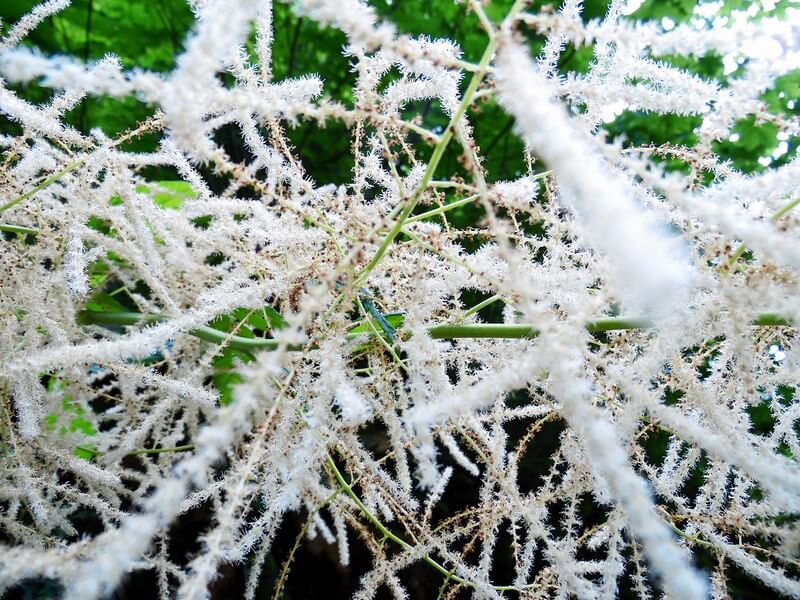
The plant is noninvasive and pretty much stays where it’s planted, unless the gardener spreads seeds around the original plant to expand the plot.
There are several plants that are good goatsbeard companions.
- Astilbe
- Monkshood
- Ferns (which I don’t like as these are invasive in my area)
- Wild ginger
- Wild geranium
- Trillium (which I have in abundance)
- Columbine (which I also have in abundance)
- Hostas (which I also have in abundance)
- Virginia bluebells
- Jacob’s ladder
- Bloodroot
It would appear that goatsbeard would be a welcome addition to any of my garden plots.
Surprisingly, or perhaps not, this plant is native to, among other locations, south central Alaska. And it grows well from seed so be sure to cut back after flowering.
Another interesting tidbit, the plant is dioecious. In other words, there are distinct male and female plants. How do you tell them apart? Well, the male plant is the showier of the two, with wispy cream blooms. This is good to know since garden centers don’t necessarily sell the plant as either male or female. If you’re particular about which gender you want, it’s best to shop for the plant when it’s in bloom.
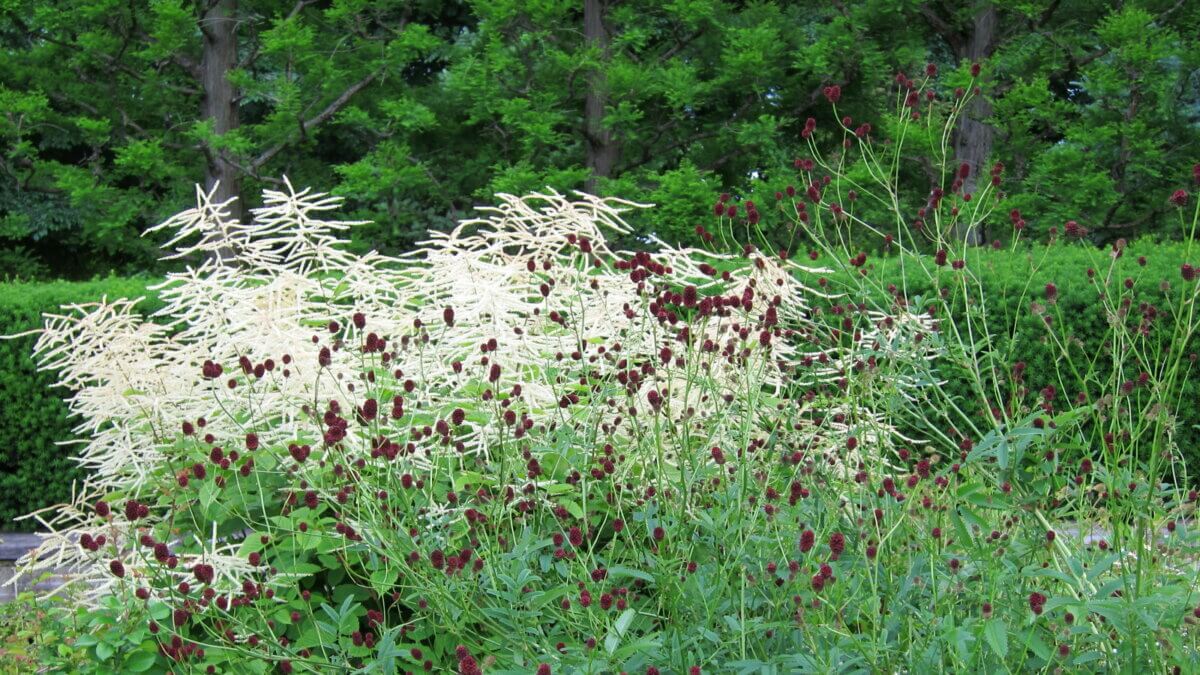
When the goatsbeard finishes its flowering season, the tall, spindly stocks are likely to topple over. However, this can add to the visual appeal of this plant in the fall and winter months. You may cut back the stalks immediately after the blooms are spent, or leave it until spring. Just be sure to cut back before the next flowering season.
Other Goatsbeard Varieties
There are different varieties of goatsbeard, some which don’t grow as tall.
Dwarf Goatsbeard
Dwarf goatsbeard (Aruncus aethusifolius) is a Japanese variety that is diminutive in comparison to most goatsbeard varieties. This one only grows about 8 to 12 inches in height. Its blooming season is about two weeks before the larger goatsbeard, and it has ivory flowers. Makes a great edging plant for a shady garden border.
Kneifii Goatsbeard
Kneifii goatsbeard (Aruncus dioicus kneifii) is another smaller variety. This one grows about 3 feet in height. It has 18-inch stems with creamy white flowers.
Easy to grow, low maintenance, pest-free and deer and rabbit resistant — what more could a country gardener ask? My preference would be the larger variety of goatsbeard. It’s a must-have for my garden.


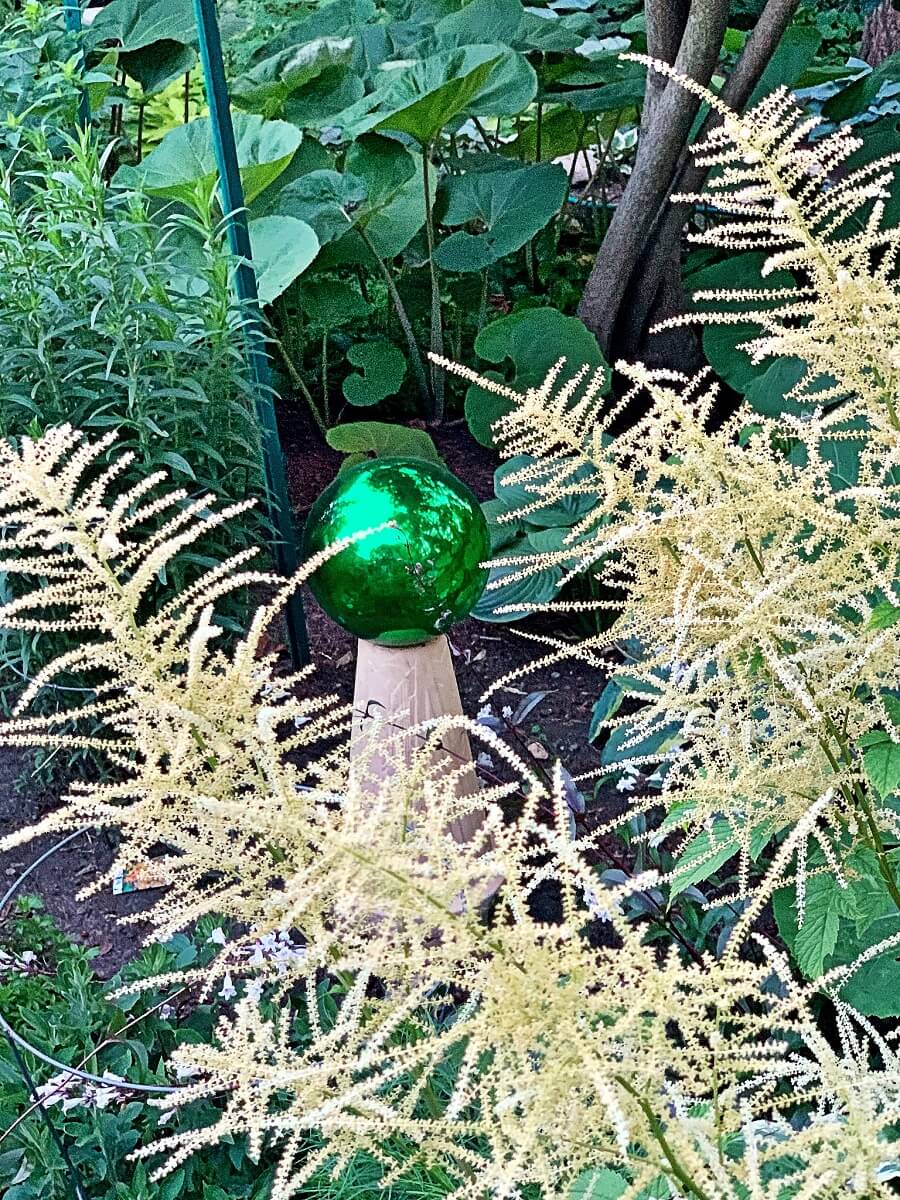
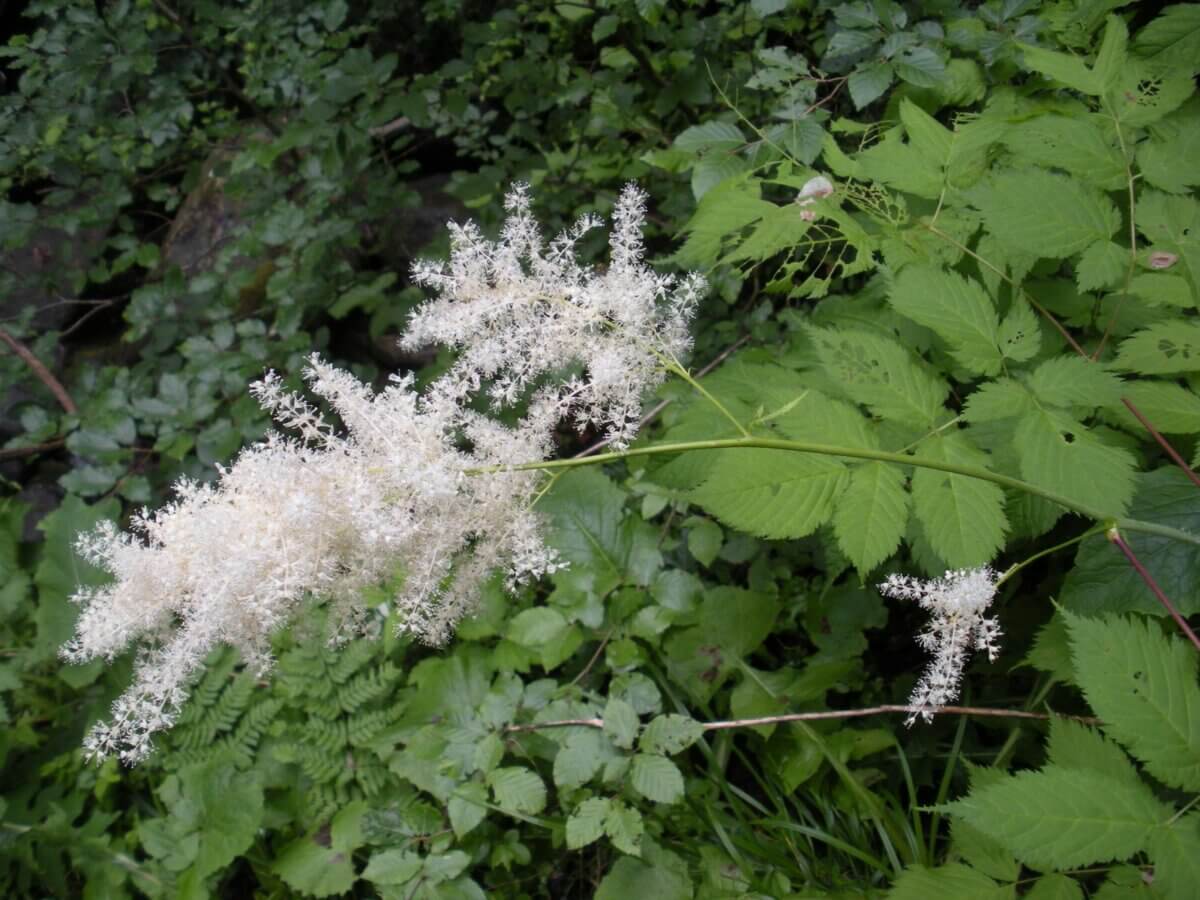



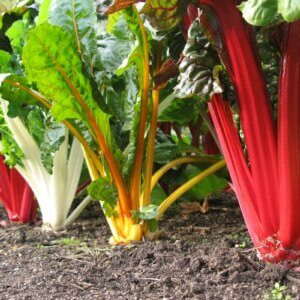










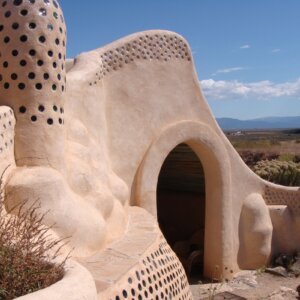

























Leave a Reply